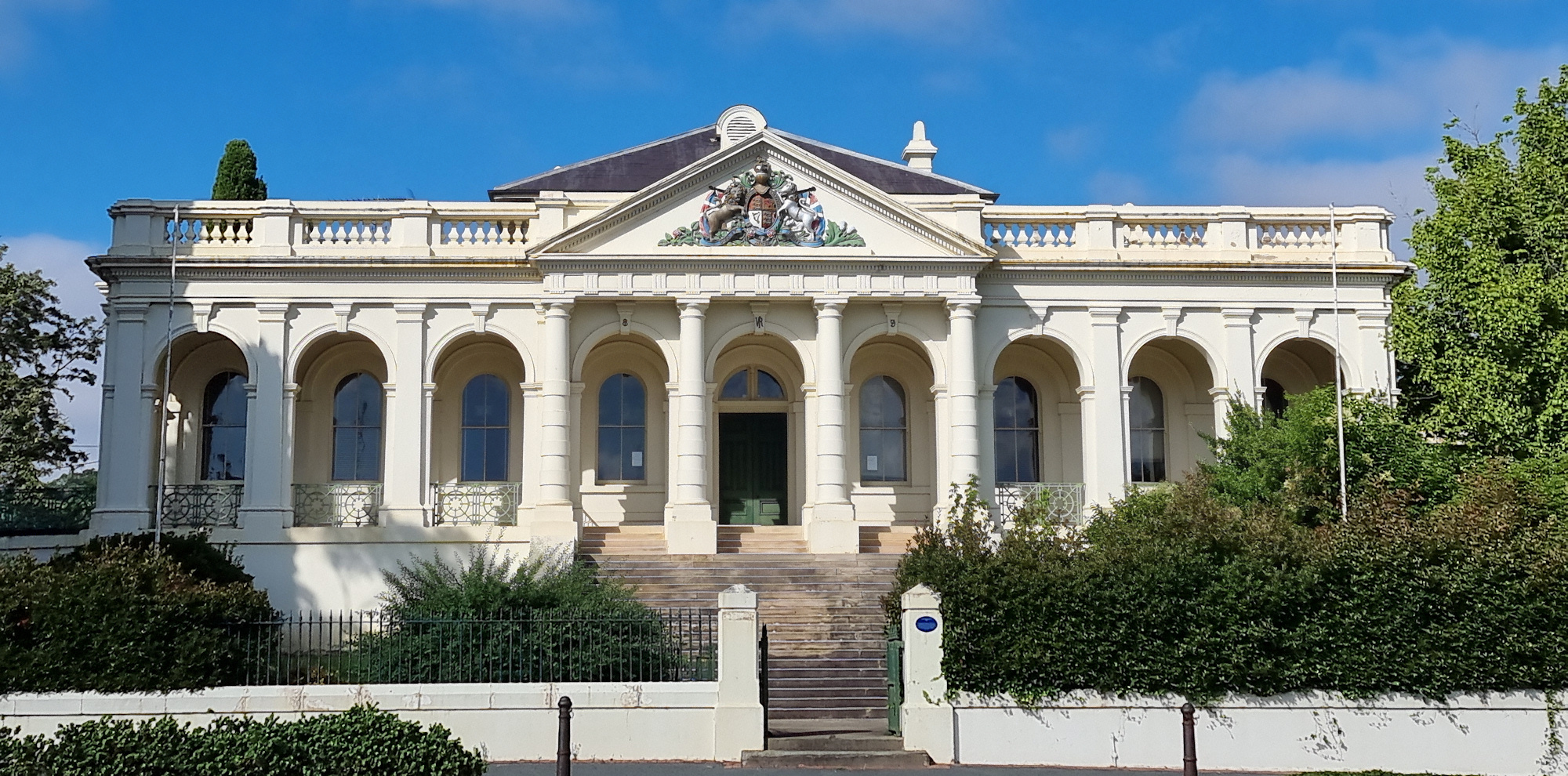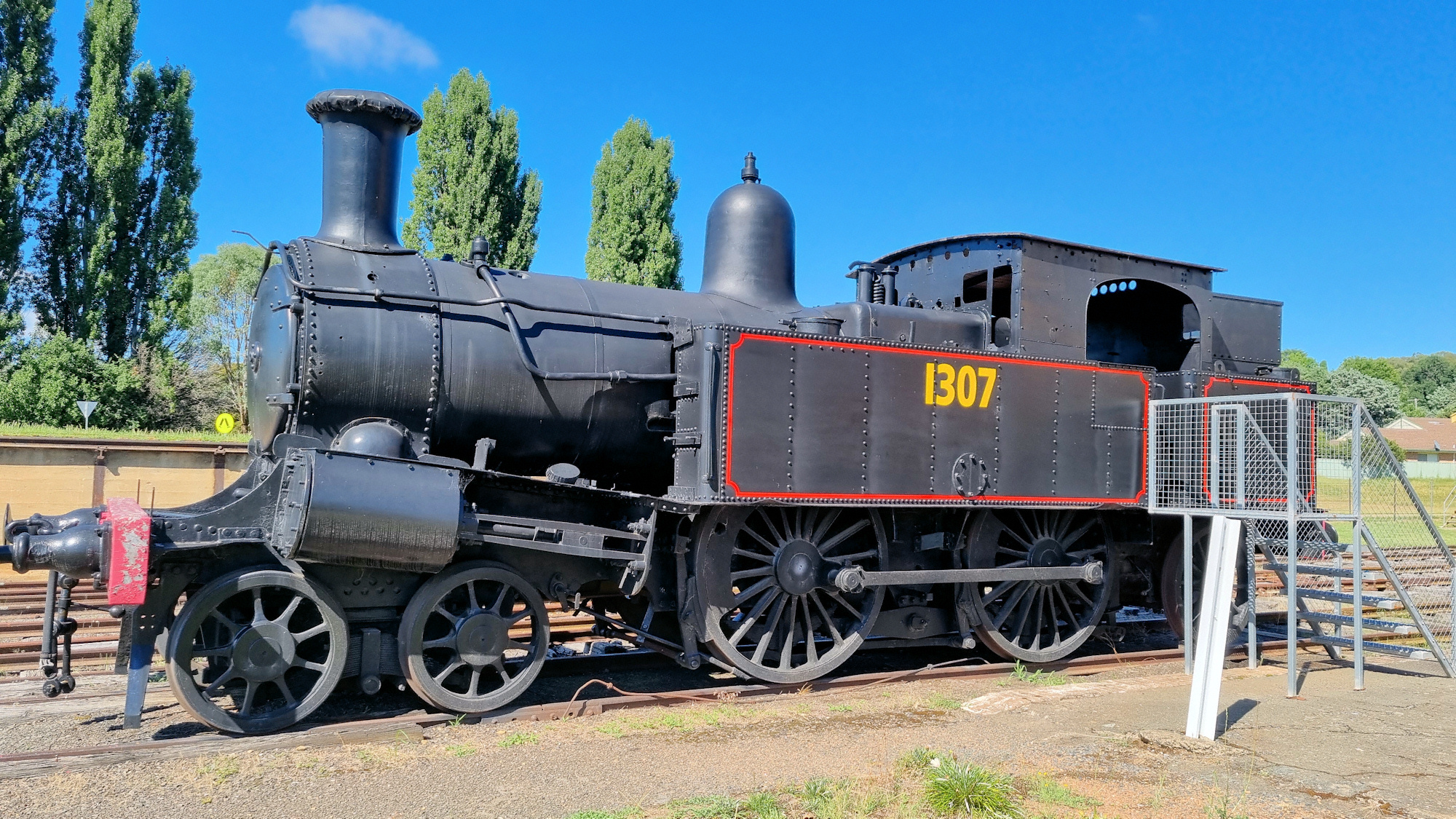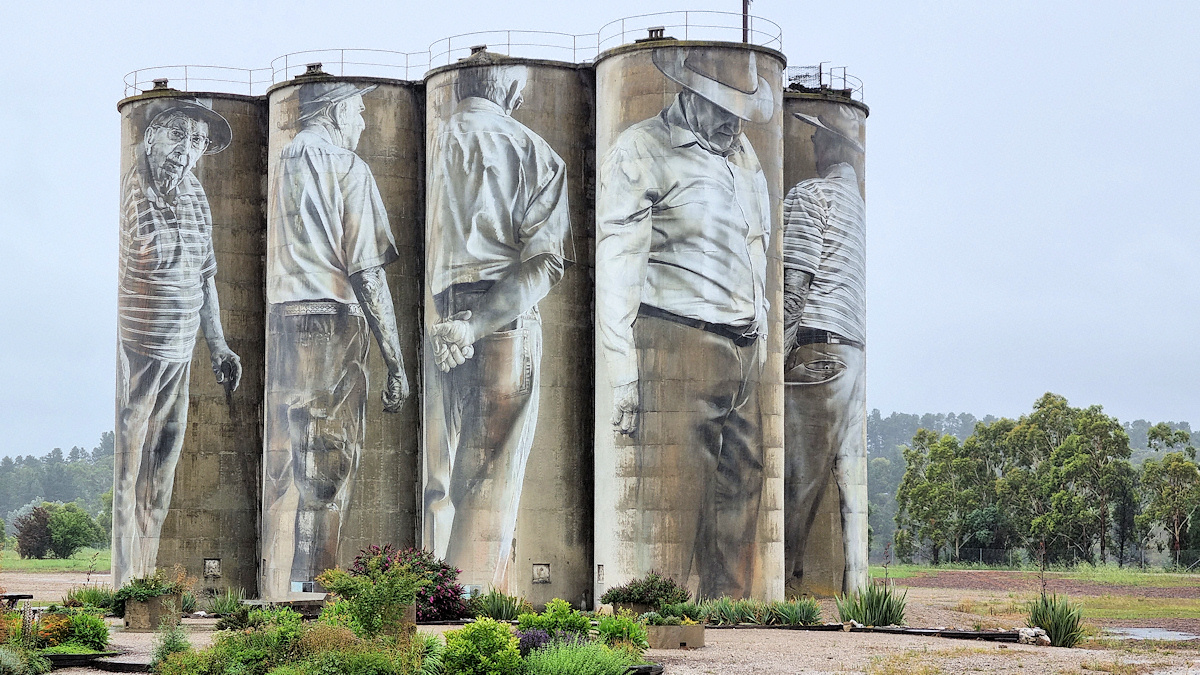Our news
-

Yass New South Wales
Yass New South Wales An hour’s drive north of Canberra, or west from Goulburn, Yass is an historic New South Wales Town. We were passing through on a drive from Canberra to Orange so stopped to have a quick look around. Being early morning, parking was easy, and we found a spot outside the Banjo…
-

Yass Railway Museum
Yass Railway Museum Located in the old Yass Town railway station, the Yass Railway Museum displays some of the old rolling stock that used to work here. The main rail line passes four kilometres to the north of Yass, because two river crossing would have been needed to bring it through town. Because of this,…
-

Portland Silo Art
Portland Silo Art Located only 30 minutes north-west of Lithgow in the Central-West of New South Wales, the Portland Silo Art makes a great addition to any tour of the area. Unlike other silos, these are cement bins, rather than grain silos, representing the towns history as a cement producer. Painted in 2018 by Guido…